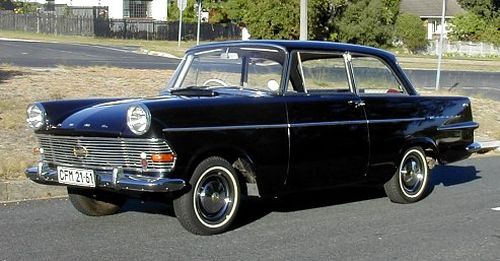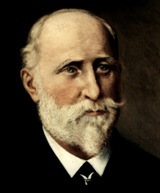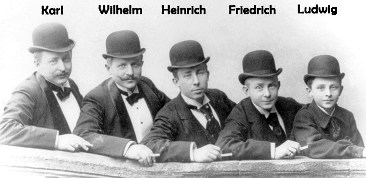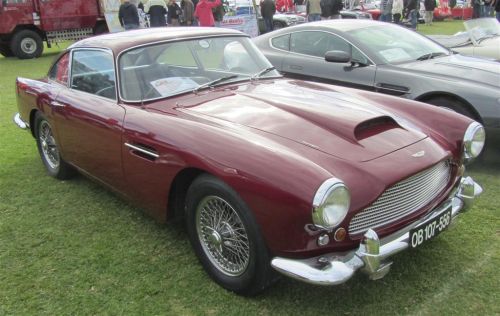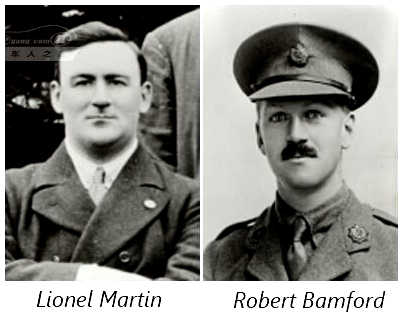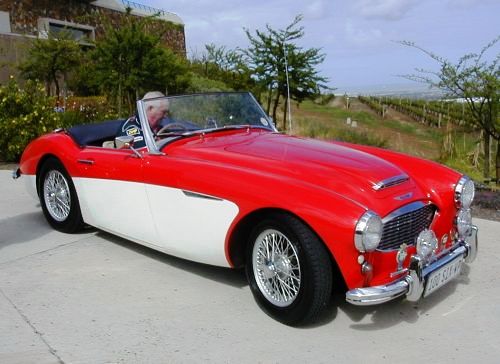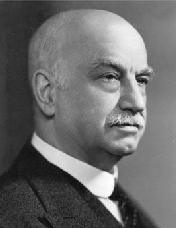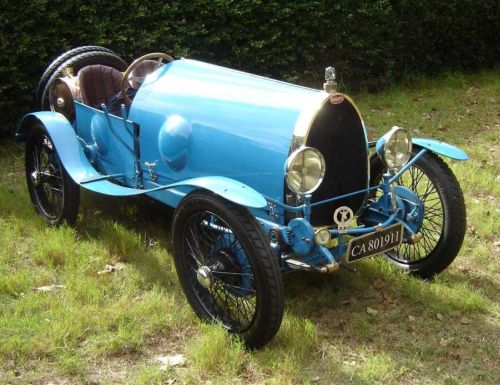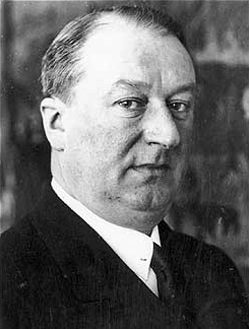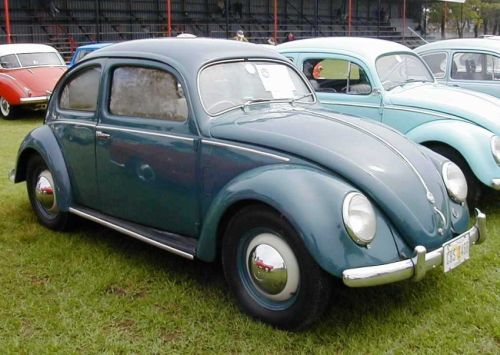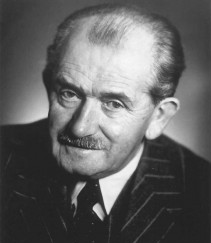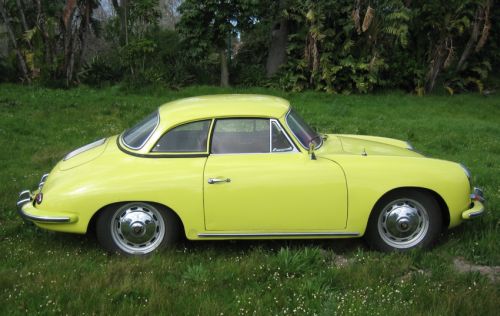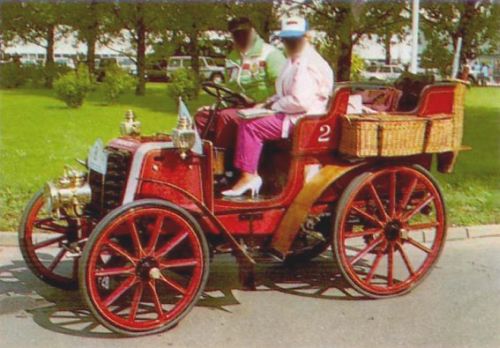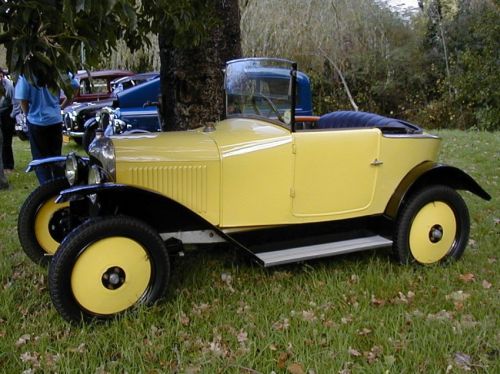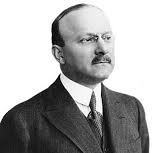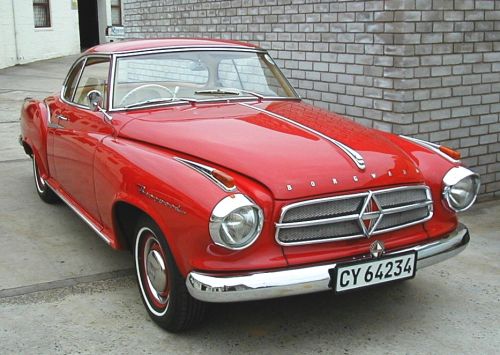1937 Lancia Astura 3Liter
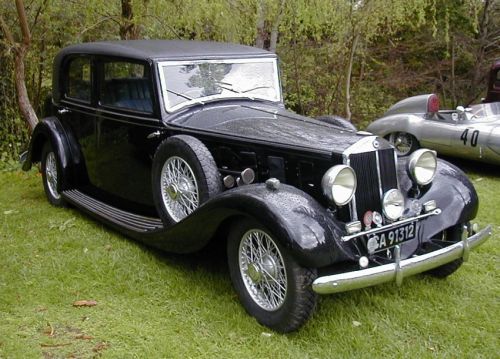
Vincenzo Lancia was a successful racing driver for Fiat up to 1908, who started
his own car factory in 1906.
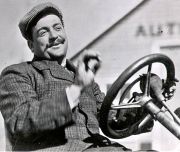
Lancia became quite famous with the inovative Lambda launched in 1922, which
was the first car with a unitary body, independent suspension, shock absorbers,
unit construction and a V4 engine. A number of these cars were imported into
South Africa, where they had a particularly good reputation for fine engineering.
Flaminia Coupe and Cabriolets with coachwork by Carrozzeria Touring fetch very
high prices and are particularly sought after.
Lancia was well known for it’s rally successes all over the world and was the
preferred rally car for a number of years. In 1969 the company was taken over
by Fiat.


